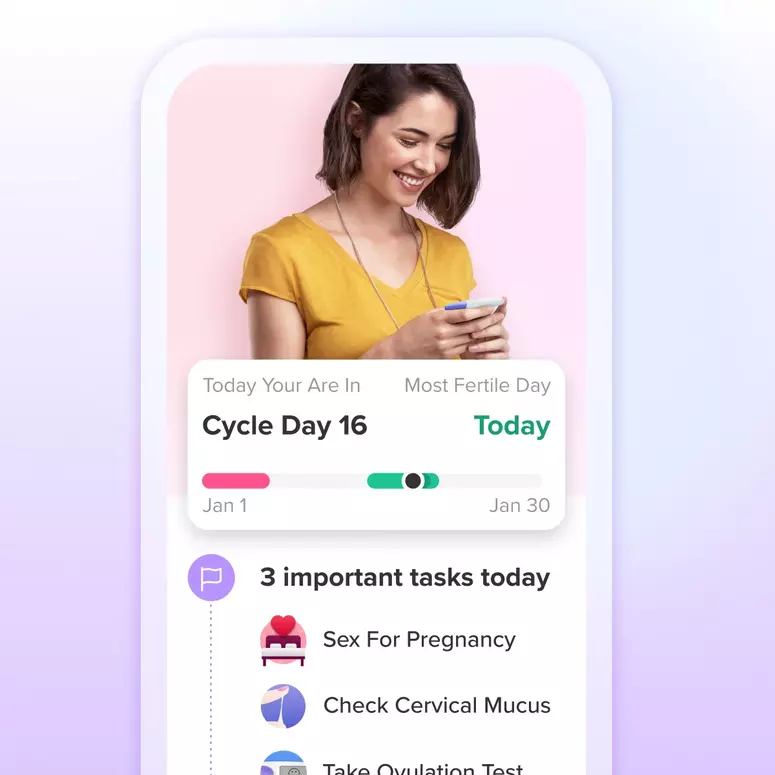Pregnancy Chances After Temperature Rise
As you likely already know, one of the biggest reasons to chart BBT is to help you figure out whether or not you’re pregnant. This has a lot of advantages, like saving money on pregnancy tests and knowing your true conception date - thus your baby’s true due date.
Before we get into what kind of pregnancy patterns to look for, we want you to keep a couple things in mind:
While BBT charts can provide helpful hints, there are no 100% definitive signs that indicate or rule out pregnancy. You should always confirm with a pregnancy test or your lack of period.
BBT charts can have any kind of pattern prior to pregnancy.
Remember, progesterone is typically present during your post-ovulation phase whether you’re pregnant or not, which can make looking for trends a little tricky since it’s also the hormone that’s present in large amounts during early pregnancy.
Now that you’re aware of those things, let’s get into the good stuff: BBT pregnancy patterns.
Pregnancy Patterns
The general rule is that your BBT must stay elevated for a good length of time, at least 15 to 18 days. It’s tough, but try to hold off on any excitement until you’ve reached that window because elevated temps for 14 days or less could just be due to your normal waiting period or luteal phase. During that period, it’s possible (unfortunately) that temps could dip back down at anytime. We know - the wait is excruciatingly agonizing.
Once you’ve made it past the 14-day threshold, there are a couple of trends to keep an eye out for signs of pregnancy.

1. Temperatures that are raised for at least 3 days beyond your longest luteal phase to date. For example: if the longest luteal phase you’ve ever recorded is 15 days and your temps are elevated for 18 days, there’s a fairly good chance that you’ve conceived.
 2. If your temperatures show sustained rise to a third level, or triphasic pattern (beyond what’s normally experienced in a typical cycle), it’s likely that you are pregnant. This usually occurs about 7 to 10 days after ovulation, but keep in mind that not all pregnant women will experience this pattern, and even for those who do, the change may be subtle.
2. If your temperatures show sustained rise to a third level, or triphasic pattern (beyond what’s normally experienced in a typical cycle), it’s likely that you are pregnant. This usually occurs about 7 to 10 days after ovulation, but keep in mind that not all pregnant women will experience this pattern, and even for those who do, the change may be subtle.
Achieve your health goals from period to parenting.




